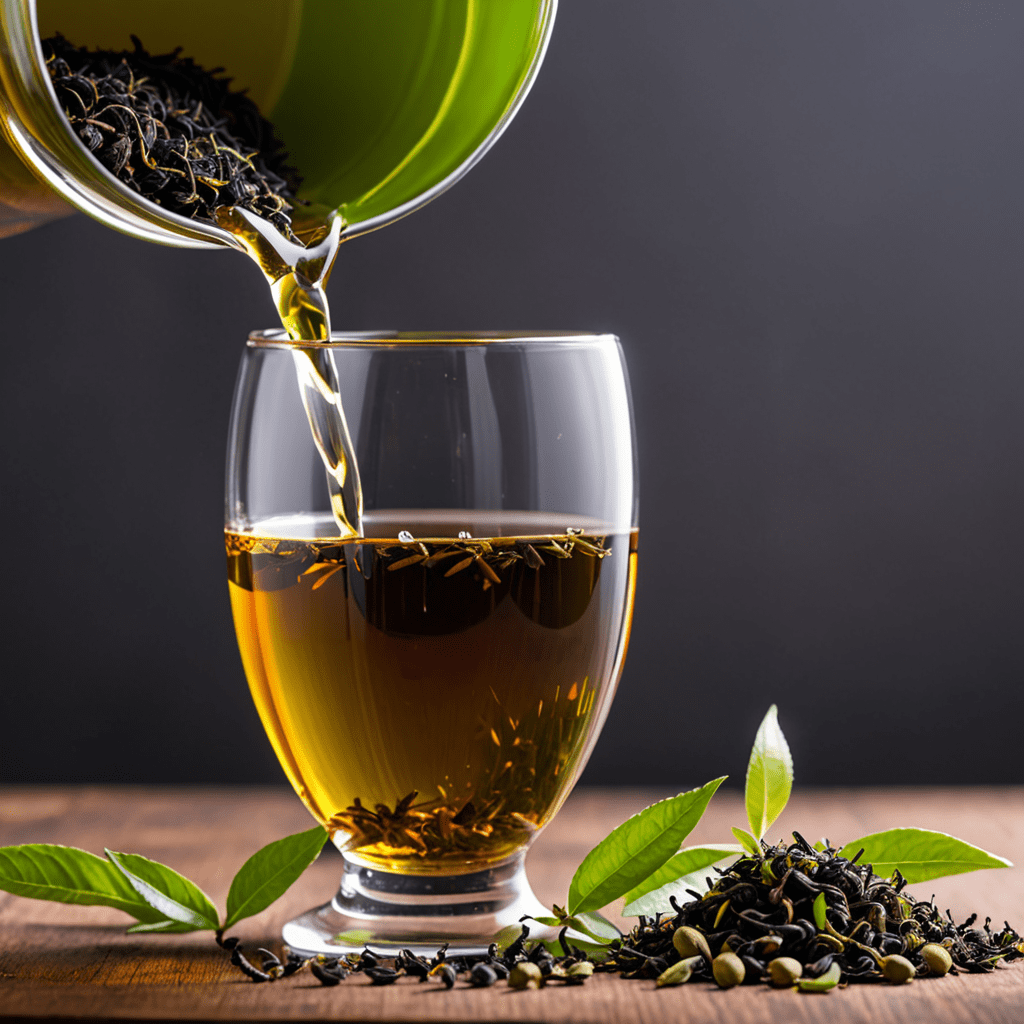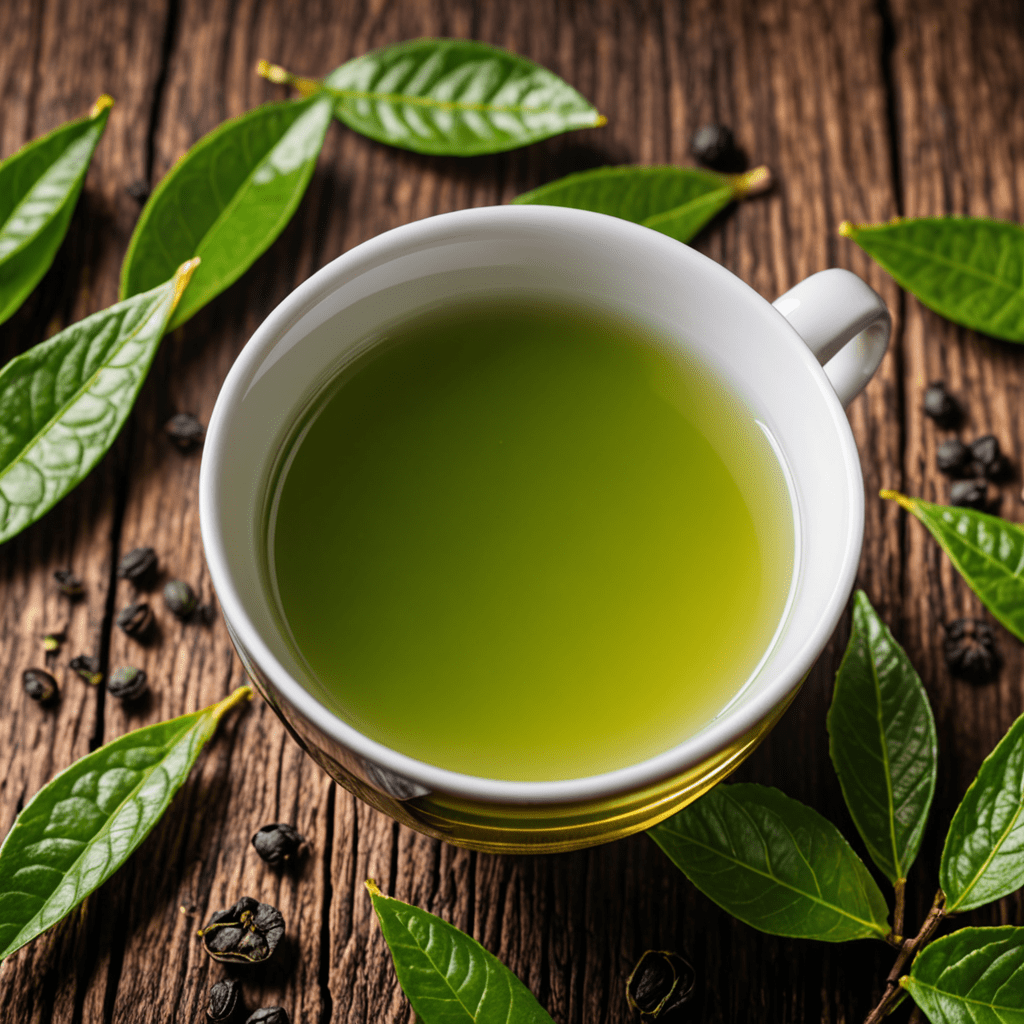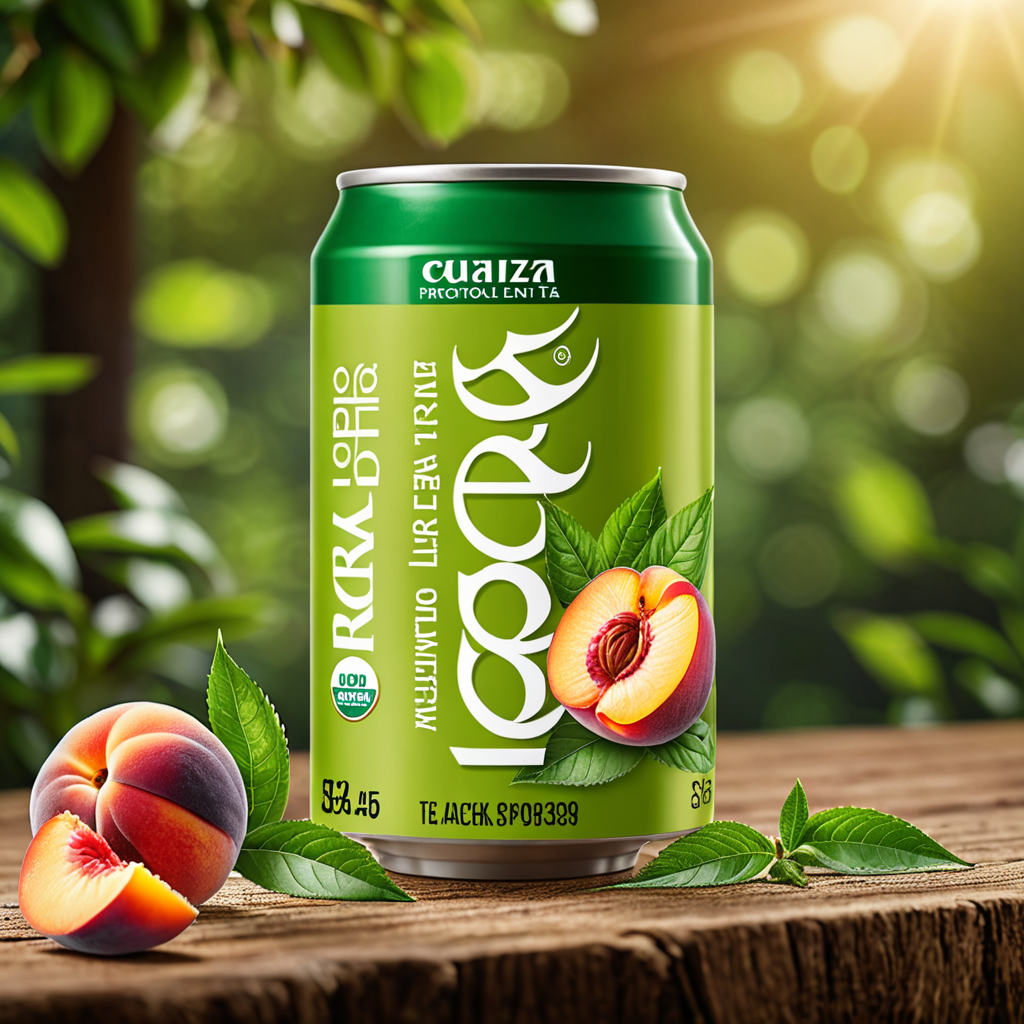
Green Tea vs Black Tea: Unveiling the Key Contrasts
Introduction
Tea has been enjoyed for centuries and is known for its numerous health benefits. Among the various types of tea, green tea and black tea are two of the most popular options. While both are derived from the same plant, Camellia sinensis, they undergo different processing methods, resulting in distinct flavors, appearances, and health benefits. In this article, we will explore the key differences between green tea and black tea.
Processing
The most significant difference between green tea and black tea lies in their processing methods. Green tea is minimally processed, allowing the leaves to retain their natural color and flavor. After harvesting, the leaves are steamed or pan-fried to prevent oxidation. This helps to preserve the tea’s fresh, grassy taste. On the other hand, black tea undergoes a complete oxidation process. After being plucked, the leaves are withered, rolled, fermented, and then dried. This oxidation process gives black tea its characteristic dark color and robust flavor.
Flavor
The distinct processing methods of green tea and black tea contribute to their unique flavors. Green tea has a light, refreshing taste with subtle grassy or vegetal notes. It may also exhibit hints of sweetness or floral undertones, depending on the variety. In contrast, black tea boasts a bold and robust flavor profile. It can be described as rich, malty, and sometimes even fruity. The strength of black tea allows it to be enjoyed with or without milk and sweeteners, making it a popular choice for tea enthusiasts.
Appearance
Another noticeable difference between green tea and black tea is their appearance. When brewed, green tea typically has a pale yellow or light green color, resembling the fresh color of the tea leaves. On the other hand, black tea brews to a dark amber or reddish-brown hue, reflecting its oxidation process. The appearance of the tea can also vary depending on the specific variety and brewing technique.
Health Benefits
Both green tea and black tea possess health benefits attributed to their antioxidant properties. Green tea contains high levels of catechins, a type of antioxidant that may help protect against various chronic diseases, such as heart disease and certain types of cancer. It is also praised for its potential in boosting metabolism and aiding weight loss. On the other hand, black tea contains theaflavins and thearubigins, which are beneficial compounds derived from the oxidation process. These antioxidants may contribute to heart health and help reduce the risk of stroke.
Frequently Asked Questions (FAQs)
1. Can I add milk to green tea and black tea?
While adding milk is common for black tea, it is not traditionally added to green tea. However, personal preference should dictate whether you choose to add milk to either tea.
2. How much caffeine do green tea and black tea contain?
Green tea generally contains less caffeine than black tea. On average, an 8-ounce cup of green tea contains approximately 35-70 milligrams of caffeine, while the same serving of black tea contains around 60-90 milligrams.
3. Are there any differences in brewing methods for green tea and black tea?
The brewing methods for green tea and black tea can vary due to their distinct flavors and characteristics. Green tea is often brewed at lower temperatures for a shorter duration to prevent bitterness, while black tea is brewed at higher temperatures for a longer time to extract its full flavor.
4. Which tea is better for weight loss?
Green tea is often associated with weight loss due to its potential ability to increase metabolism and fat oxidation. However, it is important to note that individual lifestyle factors and overall diet play a significant role in weight loss.


